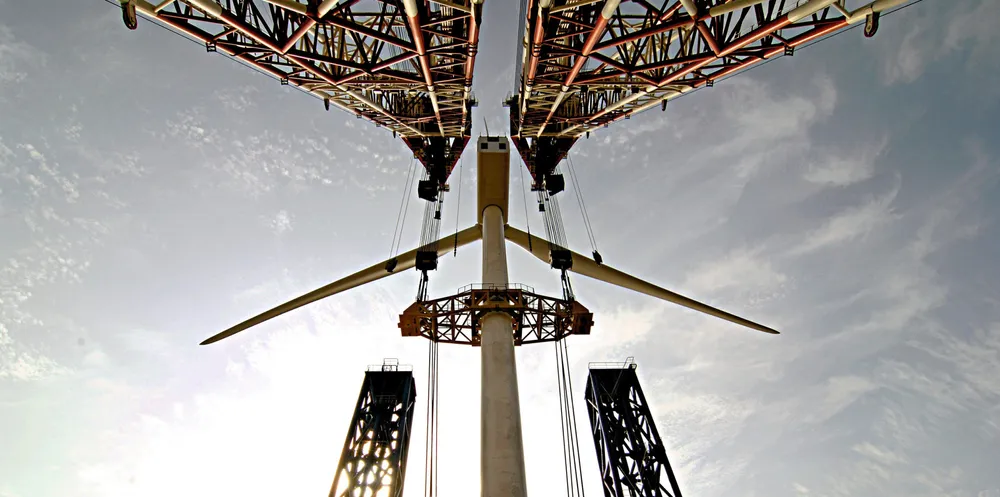'Only a handful handle a 10MW' | Offshore wind faces bottleneck as turbines dwarf installers
Deploying ultra-large machines now heading into service around the world could be 'a headache for operators' as demand for right-sized installation vessels outpaces supply by 2024, said analysts Rystad

The fast-accelerating global offshore wind build-out could face a major “slow down” as construction of installation vessels fails to keep pace with the ongoing scale-up of turbine size, a new report from Rystad Energy has emphasised.
Demand for offshore wind turbine installation vessels worldwide, excluding China, will “rocket from eleven vessel-years in 2021 to almost 79 vessel-years by 2030”, said Rystad, with the until-recently “nonexistent” need for WTIVs to handle turbines larger than 9MW “grow[ing] significantly by the end of the decade” to reach 62 vessel-years.
“When turbines were smaller, installation could be handled by the first-generation fleet of offshore wind vessels or converted jack-ups from the oil & gas industry,” said Rystad rigs and vessels analyst Martin Lysne.
“However, as operators continue to favor larger turbines, a new generation of purpose-built vessels is required to meet demand,” he said. “Installing them could be a headache for operators as demand will outpace the supply of capable vessels by 2024.
“Operators will have to invest in new vessels or upgrade existing ones to install the super-sized turbines that are expected to become the norm by the end of the decade, or the pace of offshore wind installations could slow down.”
In Europe, Asia excluding China, and the emerging US market, turbine sizes are “ramping up towards 2025 and beyond”, said Lysne, pointing to the US’ Vineyard Wind 1 where 13MW turbines will be installed, the UK’s Sofia, which has 14MW turbines on order, as does Taiwan’s Hai Long, and a number of other international project with 15MW models in the frame.
“Only a handful of units can install 10MW+ turbines, and none are currently able to install 14MW+ turbines,” said Lysne. “This will change towards 2025 as newbuilds start to be delivered and existing vessels get crane upgrades – [including at] Fred Olsen Windcarrier, DEME and Cadeler.”
“Vessels built early this decade are already becoming outdated as turbines grow, making owners reluctant to commit to expensive newbuilds that could be obsolete before they are profitable. The cost to manufacture an installation vessel capable of installing 14MW-plus turbines ranges from $300-$500m, but owners are opting for even bigger cranes in the hope of staying competitive for longer.”